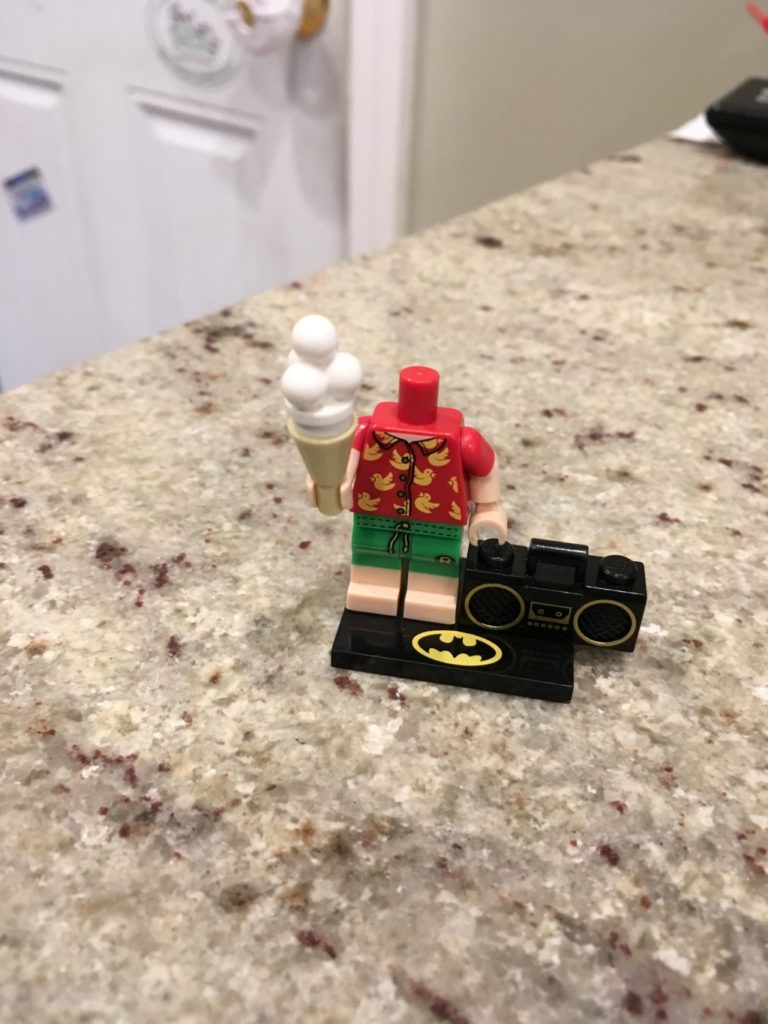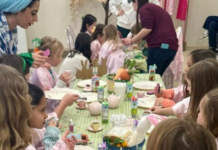 Recently my son’s Kindergarten class rolled out a new anchor chart. It’s so great and I think it should be a staple in all classes and homes. This chart helps children who display big reactions to small problems.
Recently my son’s Kindergarten class rolled out a new anchor chart. It’s so great and I think it should be a staple in all classes and homes. This chart helps children who display big reactions to small problems.
For example, you can use the chart when a tantrum is thrown over the wrong color cup. (Never happens right?). Obviously that reaction is far bigger than the problem. They don’t match. However, children can be taught and prompted to compare the size of the problem to the size of a reaction. This chart is both simple and easy for kids as young as five years old. Personally, I like the use of emojis, to help the those who aren’t reading yet.  When I learned of this chart, I immediately went to our school psychologist to learn more about it. She explained children must learn to regulate their emotions by handling challenging feelings. Children who have not learned to self-regulate react to all problems as if they were very big deals. This is why kids seek more adult intervention and support, even for minor issues, rather than first trying to solve problems on their own.
When I learned of this chart, I immediately went to our school psychologist to learn more about it. She explained children must learn to regulate their emotions by handling challenging feelings. Children who have not learned to self-regulate react to all problems as if they were very big deals. This is why kids seek more adult intervention and support, even for minor issues, rather than first trying to solve problems on their own.
Adults need to model self-regulation by stopping to think about a problem and some solutions. This is how children learn both problem solving and self-regulation strategies. In turn, they become more confident that they can solve problems independently or with help without over-reacting.
Listen, no one wants their kid to be sad or hurt. However, without challenges, there is no true happiness. In addition, if our children continue to overreact at every conflict or disappointment, they will never have the benefit of feeling true joy.
As I put my copy of the chart up on our fridge, my son actually got excited to tell me all about how to decode it. Wouldn’t you know, within five minutes, a “problem” occurred. I quickly brought him to the chart and asked, “How big is your problem?”
He stopped the crying and looked at the chart, then back at me and smiled, “It’s just a glitch Mom.” In a snap, his mood turned around and all was fine. I can’t say it’s always easy, but I can say in the few weeks we’ve had it up, the problems have gotten smaller and less prevalent.
When the Lego minfigure’s head went missing, it’s wasn’t a real emergency, but Mommy running out of coffee, a 5 a.m.! That’s a serious problem!


























